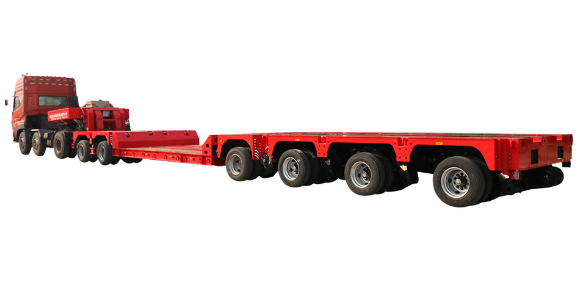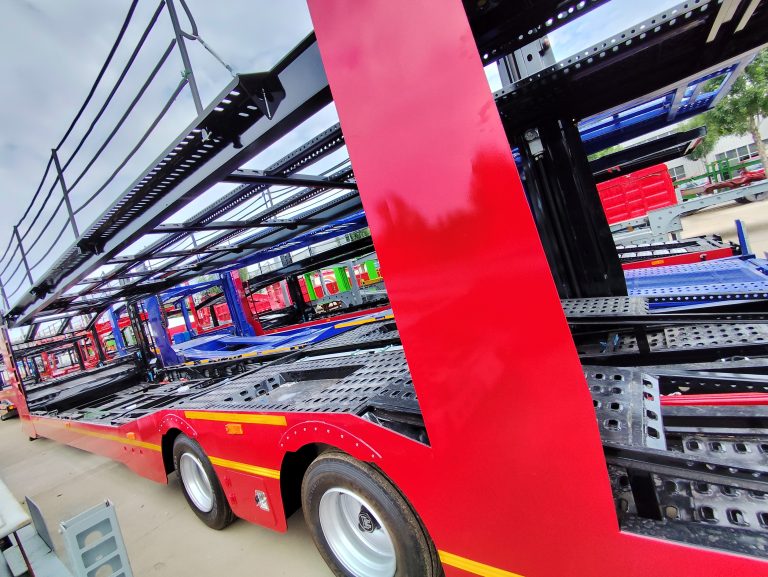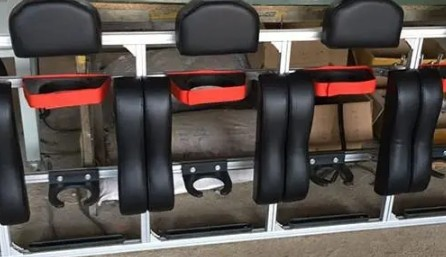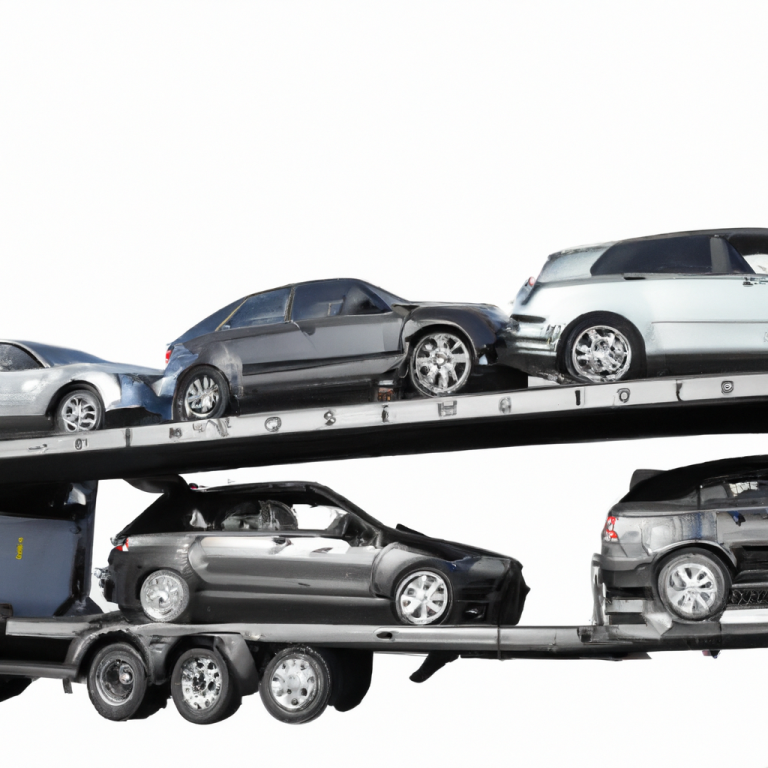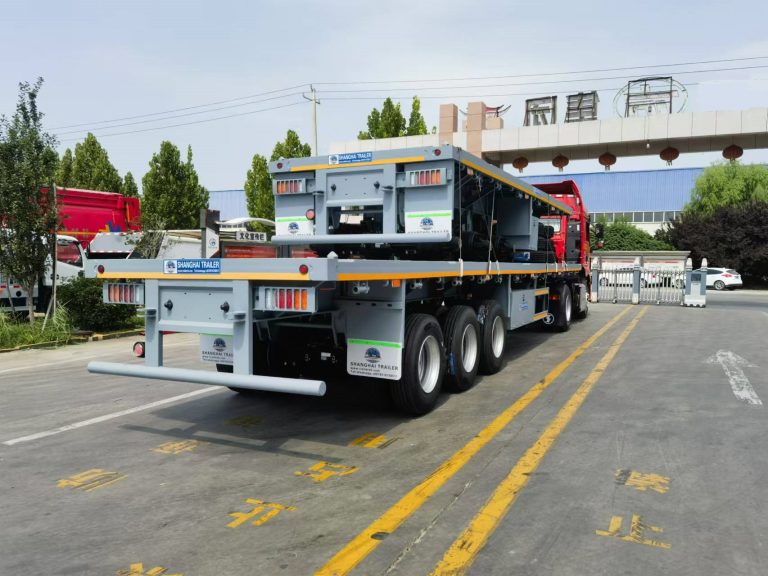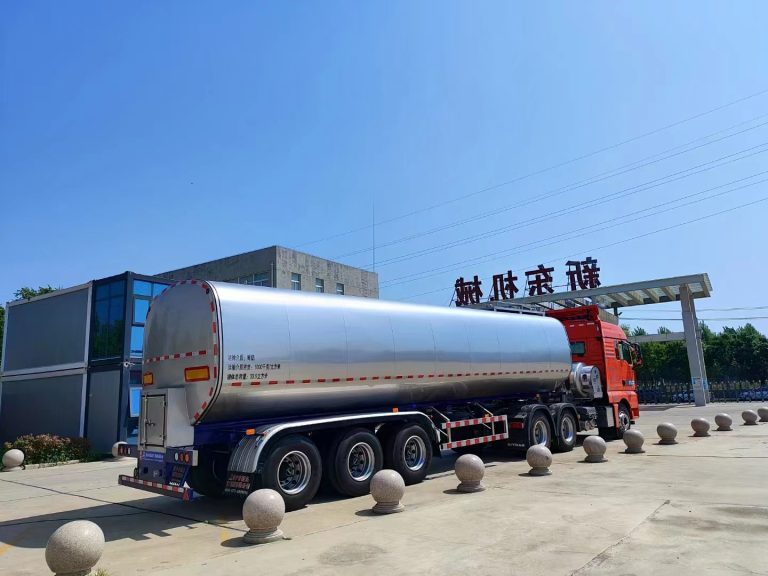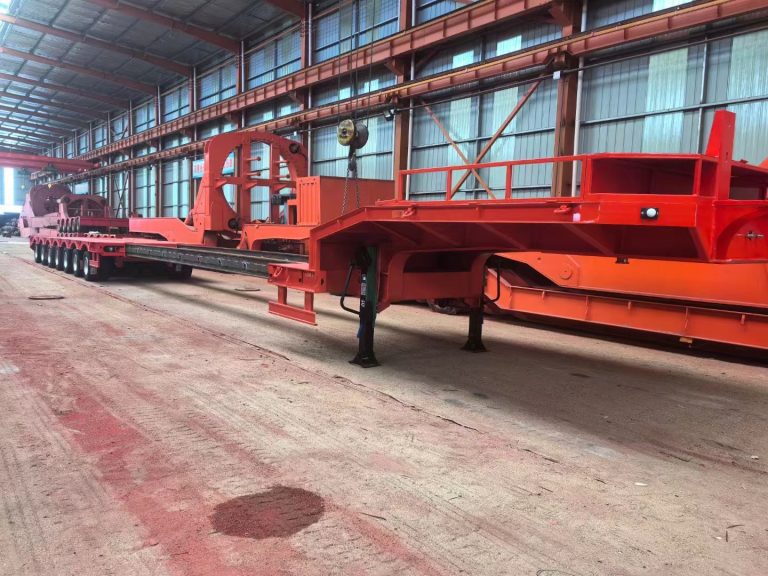Speaking of the origin of modular transportation in Europe, I would like to ask a question first. Why is Scania called the “King of the Road”? I think this depends not only on the ability of Scania’s vehicles themselves, but also has a lot to do with the past logistics model of Sweden, where it is located.
In the past, Sweden and Finland in Northern Europe allowed particularly long and heavy vehicles to operate on the road for a long time. As a local mainstream manufacturer, Scania certainly had to “take on this responsibility”. I think the work of the “King of the Road” at that time was probably similar to the “100-ton King” in my country.
Back to the topic. In the 1980s, when Sweden and Finland joined the EU, their super-long and super-heavy transportation mode was certainly not accepted by other EU countries, because it would undoubtedly cause environmental and market competition problems. In order to allow logistics companies from other countries to be treated fairly in these two countries, EU countries reached a compromise: by using additional standard loading modules to increase the length and weight of the vehicle.
In this way, even if the regulations of EU countries are different, freight vehicles can pass through various countries by adding or reducing loading modules, greatly improving the smoothness of the EU logistics system. This is the origin of the European Modular System EMS.
Initially, the exaggerated 25.25-meter vehicle length and 60-ton total weight were only applicable to Sweden and Finland, and later the Netherlands, Spain and other countries followed suit. Since the use of standard modular units is highly flexible, EU countries can freely formulate different combined transportation plans.
